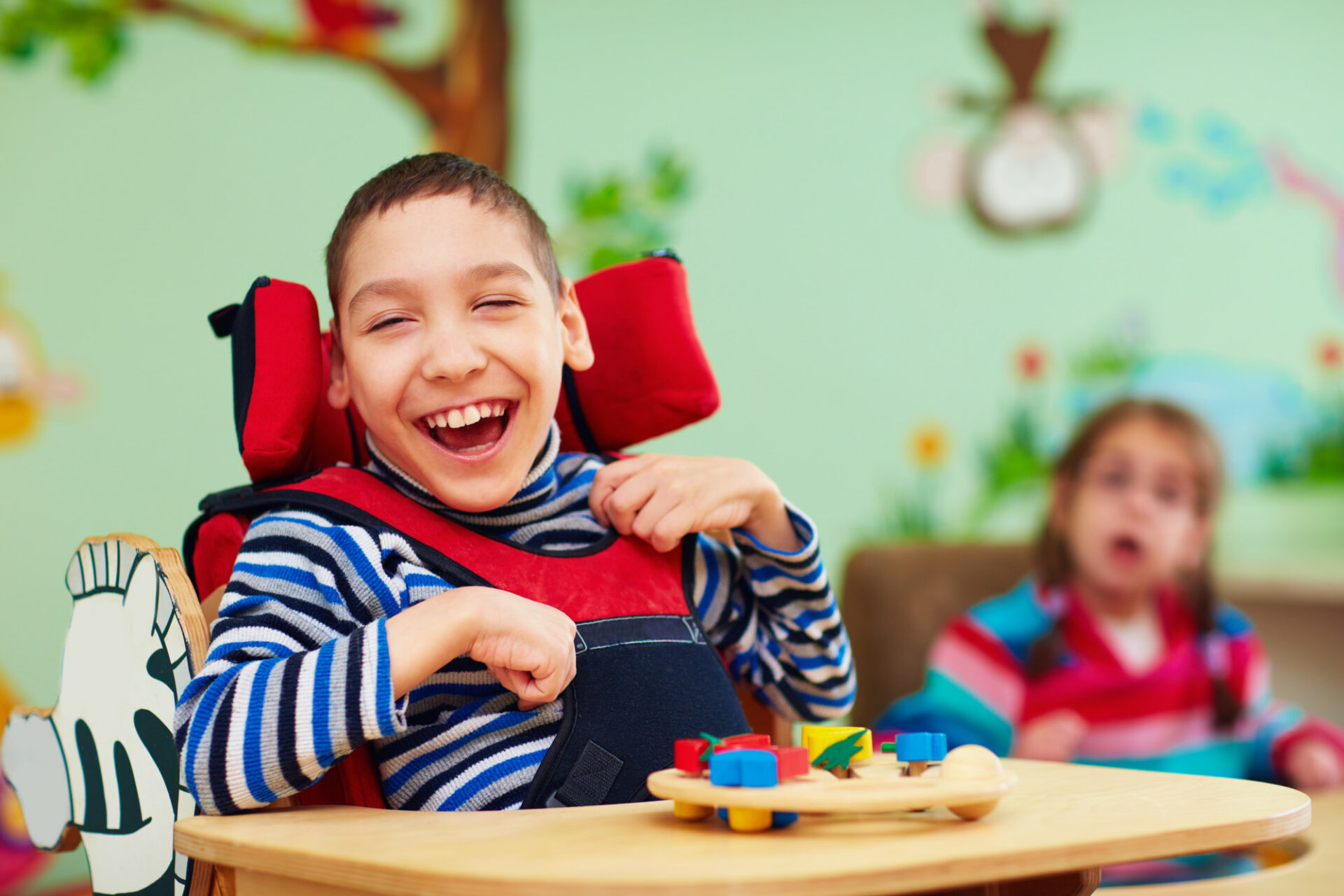The Function of Education in Sustaining Trainees with Autism: Finest Practices
The Function of Education in Sustaining Trainees with Autism: Finest Practices
Blog Article
Understanding Autism: A Comprehensive Guide to Symptoms And Signs
Autism Range Problem (ASD) includes a variety of features that can substantially influence an individual's social communications and daily performance. Acknowledging the symptoms and indicators, such as challenges with eye get in touch with, social interaction difficulties, and sensory level of sensitivities, is vital for very early intervention. Understanding these subtleties not just aids caretakers and teachers in offering appropriate assistance but also cultivates a much more inclusive setting for individuals with ASD. As we check out the intricacies of autism, it ends up being important to think about how these indications materialize in different ways across the range and what ramifications they hold for effective treatment strategies.
Overview of Autism Spectrum Condition
Specifying Autism Spectrum Problem (ASD) entails acknowledging it as a complex neurodevelopmental problem defined by a series of obstacles in social communication, communication, and behavioral patterns. The term "spectrum" reflects the large variability in symptoms and their intensity, which can differ dramatically from one person to an additional. ASD commonly manifests in very early youth, although some people might not receive a diagnosis until later on in life.
Variables affecting the development of ASD consist of genetic proneness and environmental variables, although the specific causes remain under investigation. Medical diagnosis commonly relies upon behavioral evaluations, as there are no definitive clinical examinations for ASD. Early intervention is important and can dramatically enhance outcomes, focusing on enhancing interaction abilities, social communications, and adaptive actions.
People with ASD may also exhibit unique toughness, such as exceptional attention to detail or particular areas of expertise. Comprehending the complex nature of ASD is essential for cultivating an inclusive environment that fits neurodiversity. Proceeded research is crucial for creating efficient interventions and support systems, enabling people with ASD to grow and meet their potential within culture.
Typical Indications of Autism
Identifying the usual indicators of Autism Spectrum Condition (ASD) is crucial for very early identification and intervention. These indications can differ extensively in seriousness and discussion, but specific features are frequently observed in individuals with ASD.
One of the most widespread indications is a marked problem in preserving and establishing eye contact. Individuals may likewise show minimal interest in social communications and show a preference for solitary play.
Sensory level of sensitivities are likewise typical; people may panic or underreact to sensory stimuli, such as appearances, noises, or lights. autism. Language advancement can be atypical, with some children displaying delayed speech or making use of language in uncommon means, consisting of echolalia-- repeating phrases or sentences listened to elsewhere
It is essential to note that not every individual with ASD will certainly display all these indicators, and the level of these behaviors can differ substantially. Early acknowledgment allows for timely support and resources, improving the quality of life for those on the spectrum.
Social Interaction Difficulties
Social communication challenges are a characteristic of Autism Spectrum Problem click for info (ASD), influencing an individual's ability to involve efficiently with others. These troubles can manifest in numerous methods, consisting of challenges in initiating and preserving discussions, recognizing social cues, and responding suitably in social communications.
People with ASD might have problem with nonverbal interaction, such as eye get in touch with, facial expressions, and body language. This can result in misunderstandings, as their communicative intent may not be correctly analyzed by others. They may discover it tough to understand the subtleties of tone and context, which are crucial for effective communication.
In team settings, individuals with ASD may really feel overloaded and might not know just how to sign up with in conversations (autism). They might likewise display atypical conversational patterns, such as monologuing concerning particular rate of interests without acknowledging social reciprocity
Additionally, these challenges can cause social isolation or troubles in developing connections, as peers might misinterpret their actions or interaction style. Comprehending these social communication obstacles is essential for cultivating helpful environments that promote social abilities development and enhance the high quality of communications for individuals on the autism spectrum.
Sensory Sensitivities and Feedbacks
Many individuals with Autism Range Condition (ASD) experience enhanced sensory sensitivities that can dramatically affect their day-to-day lives. A person with ASD might discover daily noises, such as a vacuum you can try these out cleaner or crowded atmospheres, extremely upsetting, leading to anxiety or meltdowns.
Sensory processing distinctions in people with ASD can also influence their capacity to involve in routine tasks and social communications. A kid that is delicate to touch might stand up to physical love or prevent particular clothing textiles. A preference for particular textures or tastes can restrict nutritional choices and create difficulties throughout nourishments.
Understanding these sensory level of sensitivities is important for identifying the special experiences of individuals with ASD. Awareness of their sensory accounts can promote much better communication and assistance approaches, creating an atmosphere that accommodates their demands and boosts their lifestyle. Eventually, recognizing sensory sensitivities is a critical element of comprehending the broader spectrum of autism.

Supporting Individuals With Autism
Effective support for people with Autism Spectrum Problem (ASD) is important for boosting their overall wellness and fostering independence. Support methods must be customized to satisfy the one-of-a-kind needs of each individual, considering their obstacles and strengths.

Social abilities training can additionally play a pivotal duty. autism. Engaging individuals in group activities or role-playing circumstances can enhance their capacity to browse social interactions. In addition, it is necessary to inform family members, caretakers, and peers regarding ASD to cultivate a supportive and comprehensive community
Final Thought
Finally, a detailed understanding of Autism Spectrum Problem is vital for identifying its signs and symptoms and indications. Early recognition of usual features, such as social interaction challenges and sensory sensitivities, makes it possible for educators and caregivers to carry out efficient interventions. By cultivating improved interaction and social skills, individuals with autism can navigate their environments much more efficiently. Ultimately, raised understanding and support can considerably boost the high quality of life for click for more info those influenced by ASD.
Autism Spectrum Problem (ASD) includes a large range of characteristics that can considerably influence a person's social interactions and everyday performance.People with ASD may struggle with nonverbal communication, such as eye get in touch with, face expressions, and body language.Many people with Autism Range Disorder (ASD) experience enhanced sensory level of sensitivities that can dramatically influence their everyday lives.Sensory processing distinctions in individuals with ASD can also influence their capability to involve in regular activities and social communications.Comprehending these sensory level of sensitivities is necessary for recognizing the one-of-a-kind experiences of individuals with ASD.
Report this page